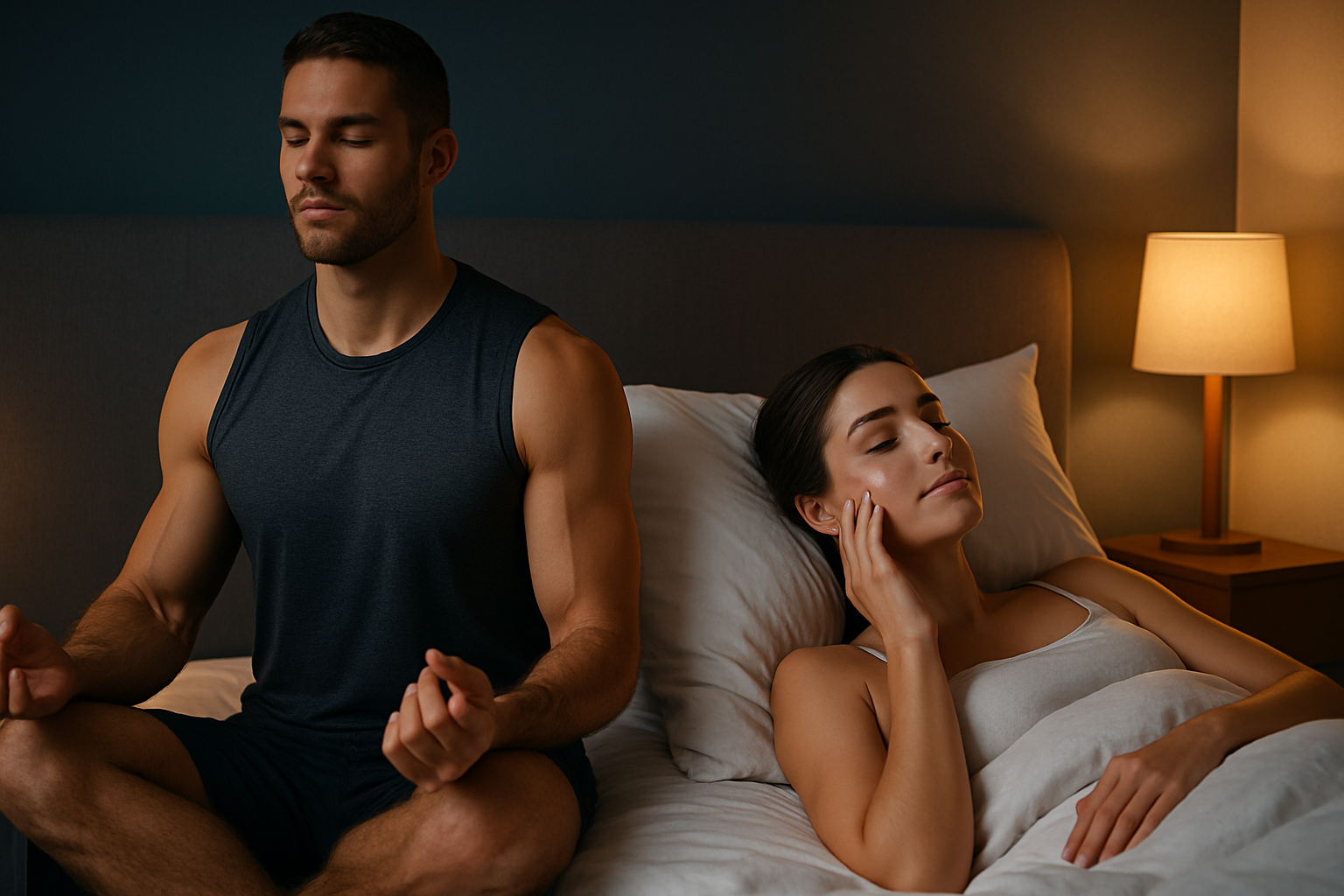Managing partner movement with independent position control
Managing partner movement in shared sleep environments often requires technical and ergonomic solutions. Independent position control systems let each sleeper adjust posture, firmness, and tilt without disturbing the other, improving alignment, pressure relief, and restorative sleep. This article examines practical features and considerations for choosing systems that reduce motion transfer and support healthy rest.

Shared sleep surfaces present a unique challenge: two bodies with different sleep positions, pressure points, and recovery needs can easily disturb one another. Independent position control systems—motorized mechanisms that allow each side of a bed to be adjusted separately—aim to reduce partner movement by isolating motion, improving contouring and alignment, and enabling personalized ergonomics. Beyond comfort, the right combination of adjustability, zoning, and support can influence how often partners wake each other and how effectively each person recovers overnight.
How does ergonomics affect partner movement?
Ergonomics focuses on matching the sleep surface to the body to reduce strain and micro-movements. When a mattress or bed frame supports natural spinal curvature and proper limb alignment, sleepers are less likely to shift frequently during the night. Independent position control contributes by letting each partner set head, neck, and leg angles that suit their preferred ergonomic posture. This tailored setup reduces the need for reactive movements—rolling, repositioning, or frequent adjustments—that can transmit motion across the bed and disturb a partner.
Can pressure and contouring reduce disturbances?
Pressure mapping and contouring play a central role in minimizing movement. Materials and layers that evenly distribute weight reduce localized pressure points that often trigger tossing and turning. An independently adjustable surface can combine zoned layers with contouring materials so each side manages pressure differently: one partner may need softer contouring at the shoulders, while the other requires firmer lumbar support. When pressure is managed effectively, both sleepers experience fewer awakenings, and partner movement becomes less disruptive.
What role does adjustability play in alignment?
Adjustability allows individualized alignment of the spine and joints, particularly for couples with distinct body types or sleep disorders. Elevating the head or knees independently can ease symptoms such as acid reflux, snoring, or lower-back pain, which otherwise lead to frequent repositioning. By maintaining alignment through targeted adjustments, independent position control reduces compensatory movements and helps stabilize each partner’s sleep posture. Over time, consistent alignment can support better restorative sleep and reduced nighttime disturbance.
How does zoning and support help couples?
Zoning separates the sleep surface into areas with different support levels—typically shoulders, hips, and legs—to match anatomy. For couples, zones can be combined with split adjustments so each side delivers a unique profile of firmness and support. This approach prevents motion transfer from being amplified by mismatched pressure responses across the mattress. When one partner shifts or changes position, the localized zoning plus independent control contains the motion and prevents it from rolling across the bed, preserving continuity of sleep for the other person.
Do cooling and recovery features impact sleep quality?
Thermoregulation and recovery-focused features indirectly affect partner movement by influencing sleep depth and comfort. Overheating or poor moisture management can cause restless shifting; conversely, cooling surfaces and breathable construction help maintain stable sleep conditions. Recovery features—such as materials designed for faster pressure recovery or modular layers that restore shape—reduce the need for position adjustments. In a split-controlled setup, each partner can select temperature and recovery settings that suit their physiology, minimizing reactive movement and improving overall sleep quality.
How do sensors and motorized control manage motion?
Modern systems use sensors and motorized actuators to synchronize adjustments while limiting motion transfer. Sensors can monitor movement, breathing patterns, or sleep stages and enable subtle, automated position changes that don’t jolt the partner. Motorized independent control allows fine increments of tilt and elevation so adjustments occur smoothly and quietly. Together, these technologies create a responsive environment: one side’s motor action is isolated, sensors guide gentle corrections, and motion-absorbing materials suppress vibrations that would otherwise travel across the bed.
This article is for informational purposes only and should not be considered medical advice. Please consult a qualified healthcare professional for personalized guidance and treatment.
In summary, managing partner movement effectively combines ergonomic design, targeted pressure management, adjustable alignment, zoning, cooling, and the intelligent use of sensors and motorized control. Independent position control gives each sleeper the ability to fine-tune their side of the bed—reducing disturbances, supporting recovery, and promoting more consistent restorative sleep. Selecting features that match individual needs helps couples achieve balanced comfort while minimizing the impact of one partner’s movements on the other.






